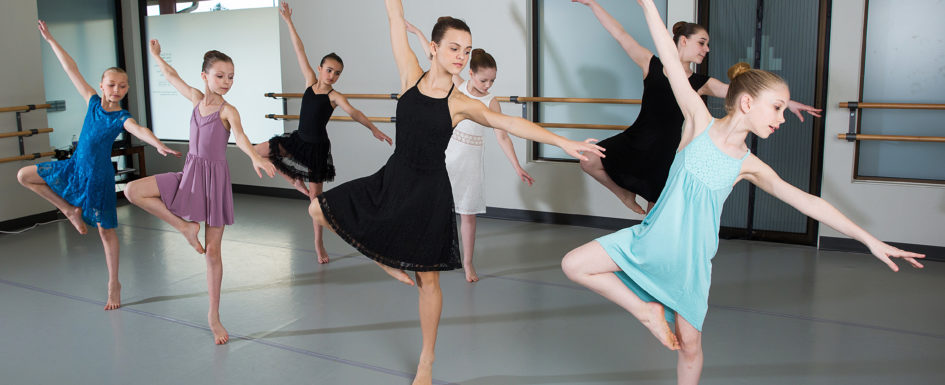Dancers

Dancers
The essence of Pilates – a strong core – is integral to dance training. In addition, alignment of the spine and pelvic areas and a full range of motion enables fluid and controlled movement during Pilates exercises; these movements are also essential principles of dance. How is this achieved? Fluid movement is achieved through learning how to integrate our spine with our limbs. When everything is in alignment, movement becomes fluid and encompasses the whole body.
Longevity is important to most dancers whether they perform as professionals or for enjoyment. Most dancers have experienced injuries, but Pilates exercises can be used to correct and/or improve an injury, which in turn can increase the number of years a dancer can perform, and it can reduce chronic pain as they age. For instance, when dancers need to turn out, they often default to turning out from the knees, which over time will cause stress to the knee joints. Pilates exercises will help dancers learn techniques to turn out from their hips. A strong core makes this possible as it provides a level of strength and stability not possible in the knee joints.
Pilates may feel familiar to many dancers as it emphasizes many of the same disciplines: precise movement, alignment of the body, core strength, mobility and breathing. Proper breathing is especially important as dance requires high stamina which is possible with high cardiovascular capacity.
If you are a dancer and have not yet tried Pilates we recommend you begin with either Private or Basic Mat classes to become familiar with the foundational exercises. If you have started elsewhere with Pilates, an Intermediate Mat class may work well for you.
Dancing requires strength, flexibility, control and fluidity of movement; limiting risk of injuries is also essential. Pilates serves as a beneficial supplemental training routine for dancers regardless of their age or dance experience as Pilates’ workouts can provide physical adaptations that enhance dance movements.
